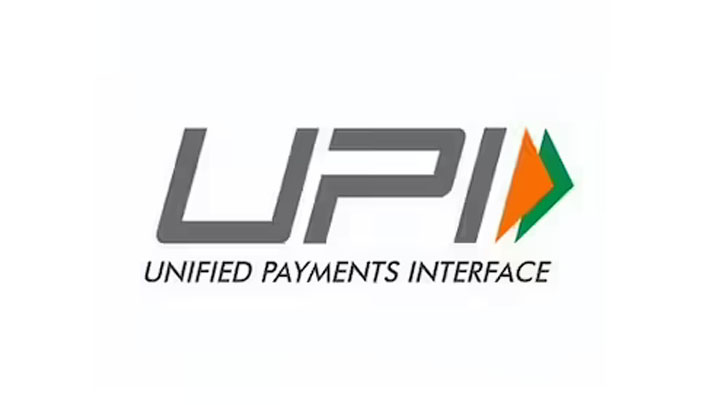
Unified Payment Interface (UPI) is a revolutionary technology framework for Online Money Transfer in India. It was officially launched in 2016 by the National Payments Corporation of India (NPCI). It integrates various bank accounts into one mobile application.
UPI is a banking technology infrastructure on which all banks, financial institutions, and users send and receive money. At its core, it is a software code and a set of guidelines and protocols maintained by NPCI. Over this network, banks and FinTech companies have created consumer-facing applications that we use today. Over 150 apps facilitating UPI payments are available on the Play Store and App Store. Some common examples include Google Pay, PhonePe, and many more.

Users create a specific ID called UPI Id on one of these applications. Every UPI Id is linked to the user’s phone number and bank account. The sign-in flow for a merchant is identical. Once the details are in, an online money transfer takes place.
The pandemic has also led to a better reach and adoption of the UPI payments system. While it has already gained widespread popularity in the country, the technology is still evolving, and the use cases will only expand with time.
Let us discuss what the future of UPI payments looks like in India:
- Digital Invoice to Customers:
UPI-verified merchants can send online invoices directly to customers, which can be accessed through their e-mails. Before making payments, verification of transaction details can be done via a link.
- Minimised Frauds Involving QR Transactions:
With the extensive use of UPI Payments via QR codes, UPI frauds have risen in the country. To reduce these, the UPI platform can have a feature of signed/intent QR, which will further help users verify payee details more effectively.
- Link Overdraft Accounts:
Apart from savings and current bank accounts, overdraft accounts can also be linked to the customer’s UPI. It will help people to execute transactions even if they do not have enough balance in their accounts. Customers of banks who have been pre-approved can use the overdraft facility.
- One-Time Mandate:
This facility allows users to pre-authorise transactions processed at later dates. This is beneficial for paying bills, subscriptions, and other regular payments.
- Collect EMIs:
UPIs can also make EMI collection easier for financial organisations, especially small-ticket loans. For example, lenders may send collection requests on UPI along with monthly EMI statements to customers. Further, borrowers may review the request and immediately complete the payment via UPI.
- UPI Credit Card Linkage:
With the linkage of Credit Cards to UPI, customers can make offline payments from their Credit Cards directly through the UPI. It will eliminate the need to carry the card every time.
- Increased Transaction Limit: With UPI 2.0, the transaction limit has been raised from Rs 1 lakh to Rs 2 lakh, enabling users to send large sums of money.
UPI is expected to play a crucial role in the digital payment space. India has become the global hub of digital currency. The UPI system in India is one of the best digital revolutions in the world. As things stand, the UPI system has crossed the 6 billion transaction mark. It is estimated that cash transactions will decline to 12% by 2027.
India has built a massive, secure, effective, and expandable public digital infrastructure that has set the stage for a powerful and global ‘Digital payment revolution’.
According to current growth projections, transactions made using UPI might eventually surpass those made using cards. UPI’s popularity has increased tremendously. India’s digital payments sector has witnessed a major boost from rapidly rising internet and smartphone penetration, as seen by the country’s recent development.
BENEFITS OF UPI:
- Convenience: UPI provides a convenient and easy payment service for its users, whether for person-to-person (P2P) transactions or other purposes. It provides services 24/7 without any fee. Moreover, people need not go to banks for a simple fund transfer. The transaction process is faster owing to the one-click payment feature.
- Security: UPI offers security measures like mobile number verification and two-factor authentication. Additionally, the launch of UPI 2.0 has more security features, including signed intent for QR payments and viewing invoices before completing payments.
- Mobile number authorisation: It is the first step of securing UPI payments. The user needs to link his contact number with the UPI at the time of the initial login process. UPI verifies the identity and approves the registration.
- Two-factor authentication: The users are provided with an option to set a Mobile-PIN (MPIN) while registering. It is a 4/6 number pin that the user needs to submit while making a payment. It ensures no one else uses your account.
- QR code security: Customers can verify the authenticity of the merchants using the signed intent feature of the QR code. It prevents customers from being scammed.
- Invoice before payment: One can check the invoice of the payment to verify the credentials before completing the transaction.
WINDING UP:
UPI has revolutionised the payment ecosystem in India, making it easier for individuals and businesses to transact without the need for cash. Using a UPI has grown to be a popular and practical way to send money immediately across bank accounts. As more people embrace digital payments, UPI is expected to play a significant role in the growth of India’s digital economy.
